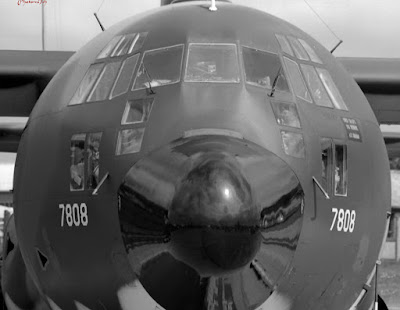I
read a lot of stuff in search of inspiration and ideas for this blog.
And one of the strangest things I read a lot is the lack of
willingness to push creativity. For example: 'I will only ever use
FP4+ - I only make landscape images.' Why? I have never understood
the idea of painting yourself into a corner, creatively speaking. I
have been writing this blog for around a decade now, the one thing I
have discovered is that choices, likes, dislikes move on naturally
and to say never say never really only means for this period of time.
 |
| Delta 100 negs |
Like
wise I have never given Ilfords Delta range a second thought. Why? It
just has not been on my radar. I have been happy making images using
FP4+ and Fomapan 100 among others. All of a sudden I find myself
saying to a friend that I will purchase his out of date delta. And
now I have about 15 rolls delta 100 and 3200 120 format in a box on
the floor waiting for me to use it.
I
have already exposed one roll of 3200 at box speed, which just
happens not to be the rated speed of the film in this case. It is
actually rated at 1000 ISO something I was not aware of at the time I
used it. Which means that the film was pushed five stops, something
of a first for me! I've also used a couple of rolls of 100 at box
speed.
 |
| Delta 100 grain seen through a focus finder |
OK
so what is so special about Delta film? It is Ilfords offering in the
T grain category of film emulsions, Kodak call theirs T Max and Fuji
Neopan. Known as tabular grain film, meaning that the shape of the
silver halide is relatively broad and thin, with two well developed
parallel faces. This leads to the crystal absorbing more light
sensitive dye. It also reduces the scatting of light which increases
resolution. This leads to a film that works in all sorts of lighting
conditions. If you think about it, it is ideally suited for
beginners, making it very tolerant to bad exposure.
 |
| Print from delta 3200 ISO 3200 |
Tabular
crystals dissolve more slowly than traditionally grained films when
it comes to fixing them. You are advised to increase the fix time as
it takes twice as long for the film to clear when using rapid fix.
In
truth I am not someone who can go out and make images of anything
just to try out a new film. Even when it is well out of date, some of
you may think it's a bit risky. I believe it is a waste of time if
the images you make are not well composed and of subjects that you
enjoy. After all a good image is easy to print and share. A project
that would suite the Delta 3200 droped in my lap. I had the
opportunity to photograph a number of five week old pups. When it
came to photographing them they had all worn themselves out and were
fast asleep. That is until I started making pictures! Its funny how
noisy a Bronica SQAi with an motor drive can be in hushed conditions!
 |
| Print from Delta 3200 ISO 3200 |
I
was a little disappointed with the 3200, although it was very bright
outside the room was a bit dark and on a couple of occasions I was
down to 60th sec at F2.8 which is the minimum aperture for
the lens I was using and as slow as I could go hand held. It was not
practical to use a tripod as they had tucked them selves into lots of
little cubby holes to sleep.
 |
| Print from Delta 100 ISO 100 |
I
developed the film RO9 at 1+50 for the suggested time of eleven
minutes. The negatives look a bit underdeveloped (thin) I will, for
the next film, up the developing time.
When
it came to printing the negatives the underdevelopment showed it's
self on the segmented test prints. Indicating that 15 secs was the
best exposure time. I chose to use Adox MCP paper set at grade 3. The
enlarger was set to a height for 11 x 12 paper but the easel was set
for 8 x 10 paper with white margins. I did this because there was a lot
of dead space on the negatives. The down side is that the prints are
a bit grainy. Something I should have expected to a certain extent
seeing as I have used RO9 to develop them with. The final prints were
a little soft even though they have been printed at grade three.
 |
| Print from delta 3200 ISO 3200 |
Having
read the above it may lead you in to thinking it was a bad set of
negatives. On the contrary I am very pleased with the results
although a little disappointed with the contrast, but then you have
to take into account that it is the very first time I have worked
with this film. Fortunately I have more film to play with.
I
have also exposed a couple of rolls of Delta 100 at box speed
developed in RO9 and by comparison they are very punchy (high
contrast) they remind me of the Fomapan 100 negatives I produce with
the above developer. The 100 has produced super smooth looking
photographs. Something I have been looking for for sometime. This may
replace the need for a ultra fine developer.
 |
Print from Delta 100 ISO 100.
last laugh goes to the cat a sleep in the sun. |




















































